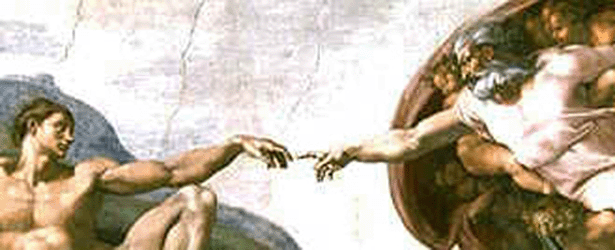 |
|
 |
|
In this chapter, you learn about the role of representation in Artificial Intelligence, and you learn about semantic nets, one of the most ubiquitous representations used in Artificial Intelligence. You also learn about describe and match, an important problem-solving method.
By way of illustration, you see how one describe-and-match program, working on semantic-net descriptions, can solve geometric analogy problems of the sort found on intelligence tests. You also see how another describe-and-match program, again working on semantic-net descriptions, can recognize instances of abstractions, such as “mixed blessing” and “retaliation,” in semantic nets that capture story plots. The piece de resistance involves the analysis of O. Henry's intricate short story, “The Gift of the Magi.” Both the analogy program and the abstraction program show that simple descriptions, conforming to appropriate representations, can lead to easy problem solving.
Also, you see that the describe-and-match method is effective with other representations, not just with semantic nets. In particular, you see how the describe-and-match method lies underneath the feature-based approach to object identification.
Once you have finished this chapter, you will know how to evaluate representations and you will know what representation-oriented questions you should always ask when you are learning how to deal with an unfamiliar class of problems. You will have started your own personal collection of representations and problem-solving methods by learning about semantic nets, feature spaces, and the describe-and-match method. Finally, you will have started your own personal collection of case studies that will serve as useful precedents when you are confronted with new problems.
Programs that have graphical user interfaces seem much more powerful than programs that provide services via character-only interfaces. Accordingly, to please users, you need to learn how to build graphical user interfaces.
In this chapter, you learn how to create windows; in the next chapter, you learn how to draw lines of the sort needed to produce a meterlike drawing, which eventually becomes part of a movie-rating display.
When you have completed this chapter and the next two, you will know the essentials of drawing, enabling you to understand how to produce displays such as the following:
